Filter books by:
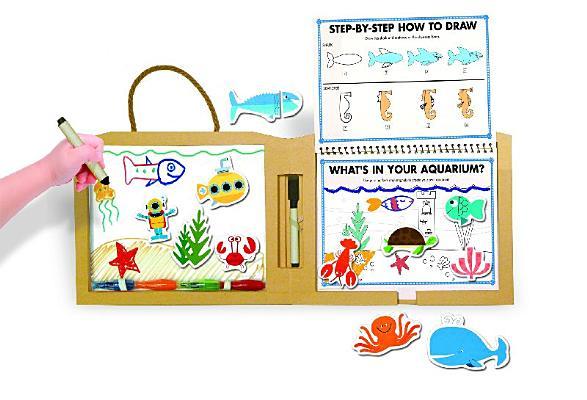
Poke-a-Dot:Who’s in the Ocean?
Maths Concepts
Australian Curriculum: Description
Foundation Year – Establish understanding of the language and processes of counting by naming numbers in sequences, initially to and from 20, moving from any starting point (ACMNA001)
Teaching ideas

Poke-a-Dot: 10 Little Monkeys
Maths Concepts
Australian Curriculum: Description
Foundation Year – Establish understanding of the language and processes of counting by naming numbers in sequences, initially to and from 20, moving from any starting point (ACMNA001)
Teaching ideas

Poke-a-Dot: Old MacDonald’s Farm
Maths Concepts
Australian Curriculum: Description
Foundation Year – Establish understanding of the language and processes of counting by naming numbers in sequences, initially to and from 20, moving from any starting point (ACMNA001)
Teaching ideas
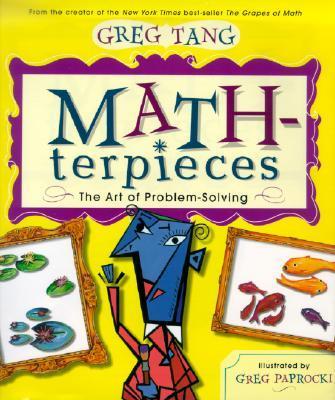
Mathterpieces: The Art of Problem-Solving
Australian Curriculum Year Level
Year 2, Year 3, Foundation Year, Year 1
Maths Concepts
Australian Curriculum: Description
Foundation Year – Subitise small collections of objects (ACMNA003);
Year 1 – Represent and solve simple addition and subtraction problems using a range of strategies including counting on, partitioning, and rearranging parts (ACMNA015);
Year 2 – Describe, continue, and create number patterns resulting from performing addition or subtraction (ACMNA035).
Teaching ideas
Students investigate other situations involving subitising and counting on with and without distractors in routine and non-routine situations. Students could write the number sentences represented by art in this book (representational to abstract).
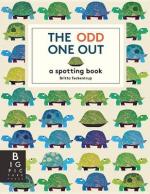
The Odd One Out: Spotting Postcards
Australian Curriculum Year Level
Year 2, Year 3, Year 4, Foundation Year, Year 1
Maths Concepts
Australian Curriculum: Description
“Foundation Year – Sort, describe and name familiar two-dimensional shapes and three-dimensional objects in the environment (ACMMG009)
Describe position and movement (ACMMG010)
Year 1 – Recognise and classify familiar two-dimensional shapes and three-dimensional objects using obvious features (ACMMG022)
Choose simple questions and gather responses and make simple inferences (ACMSP262)
Year 2 – Investigate the effect of one-step slides and flips with and without digital technologies (ACMMG045)
Year 3 – Identify symmetry in the environment (ACMMG066)
Year 4 – dentify symmetry in the environment (ACMMG066)
”
Teaching ideas

Who What Where?
Australian Curriculum Year Level
Year 2, Year 3, Year 4, Foundation Year, Year 1
Maths Concepts
Australian Curriculum: Description
Foundation Year – Sort, describe and name familiar two-dimensional shapes and three-dimensional objects in the environment (ACMMG009)
Describe position and movement (ACMMG010)
Year 1 – Recognise and classify familiar two-dimensional shapes and three-dimensional objects using obvious features (ACMMG022)
Choose simple questions and gather responses and make simple inferences (ACMSP262)
Year 2 – Investigate the effect of one-step slides and flips with and without digital technologies (ACMMG045)
Year 3 – Identify symmetry in the environment (ACMMG066)
Year 4 – dentify symmetry in the environment (ACMMG066)
Teaching ideas
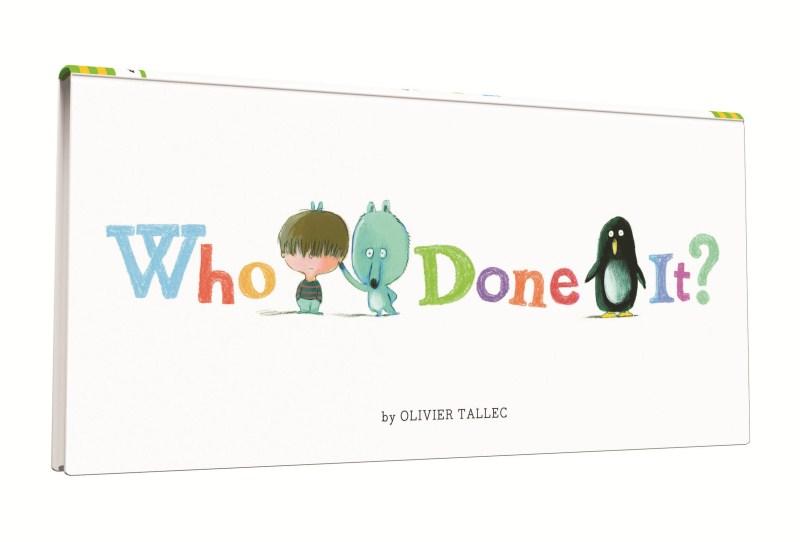
Who Done It?
Australian Curriculum Year Level
Year 2, Year 3, Year 4, Foundation Year, Year 1
Maths Concepts
Australian Curriculum: Description
Foundation Year – Sort, describe and name familiar two-dimensional shapes and three-dimensional objects in the environment (ACMMG009)
Describe position and movement (ACMMG010)
Year 1 – Recognise and classify familiar two-dimensional shapes and three-dimensional objects using obvious features (ACMMG022)
Choose simple questions and gather responses and make simple inferences (ACMSP262)
Year 2 – Investigate the effect of one-step slides and flips with and without digital technologies (ACMMG045)
Year 3 – Identify symmetry in the environment (ACMMG066)
Year 4 – dentify symmetry in the environment (ACMMG066)
Teaching ideas

101 Books to Read Before You Grow Up
Strand
Australian Curriculum Year Level
Year 5, Year 6, Year 7, Year 2, Year 3, Year 8, Year 4, Foundation Year, Year 1, Year 9, Year 10, Maths A, Maths B
Maths Concepts
Australian Curriculum: Description
101 Books to Read Before You Grow Up is a fun handbook for book lovers and their families to read, check off, and give their own book reviews. 101 Books to Read Before You Grow Up provides a comprehensive list of kid-friendly books for children to read before they grow up. This must-read review list acts as an interactive journal where kids can document the books they read, why they like them, and how they rate them. Divided into sections by subject, from fairy tales and fantasy to sports and more
Teaching ideas
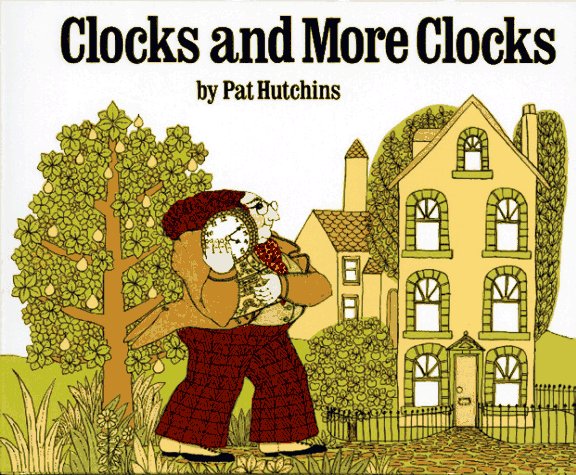
Clocks and More Clocks
Strand
Measurement
Maths Concepts
Australian Curriculum: Description
“When the hall clock reads twenty minutes past four, the attick clock reads twenty-three minutes past four, the kitchen clock reads twenty-five minutes past four, and the bedroom clock reads twenty-six minutes past four, what should Mr. Higgins do? He can’t tell whichc of his clocks tells the right time. He is in for a real surprise when the Clockmaker shows him that they are all correct!”
Teaching ideas
Why have Mr. Higgins clocks been right since he bought a watch?
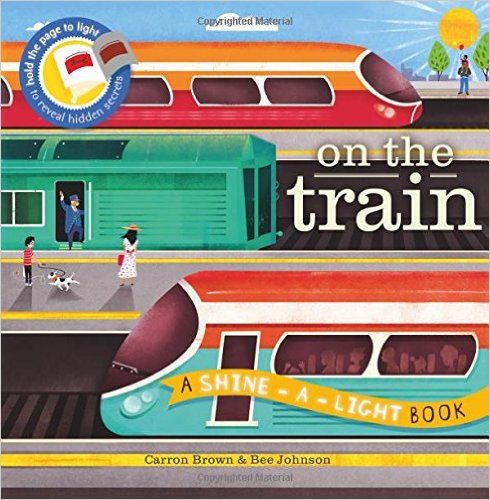
On the Train: A shine-a-light book
Strand
Statistics and Probability
Australian Curriculum Year Level
Year 5, Year 6, Year 7, Year 2, Year 3, Year 8, Year 4, Foundation Year, Year 1, Year 9
Visualisation
Maths Concepts
Australian Curriculum: Description
The story looks deeply into all areas of a train, from the drivers cab and engineers to the stop-and-go signals and the passengers that travel on board. This interactive book has children shine-a-light behind pages to reveal hidden secrets.
